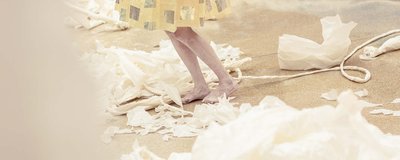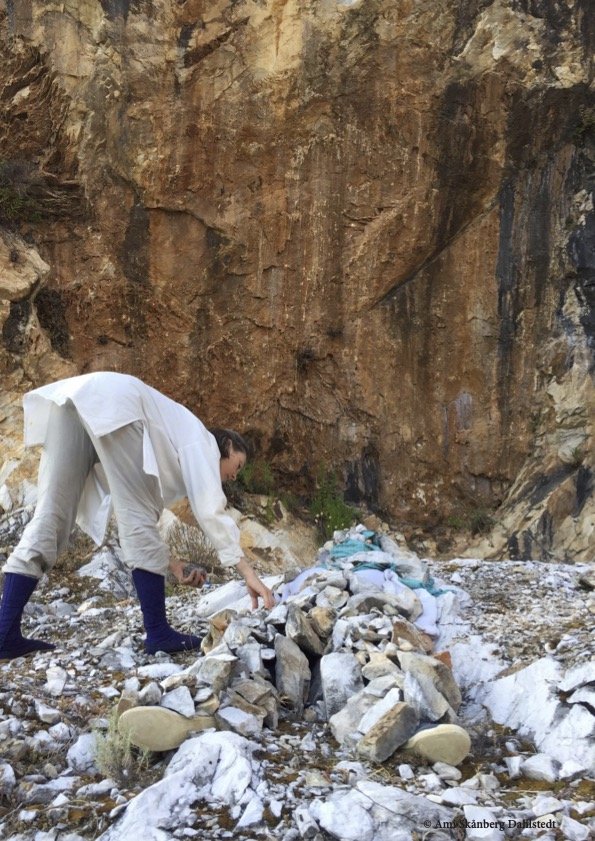Wild Poethics

Abstract
Exploring relational and embodied practices in urban-making
Nature is not something separated from the city. With this in mind, this research emerges from the act of urban gardening, staging space for naturecultures that reinforce a direct relation to an urban nature. Alternate agencies can motivate ecological mindsets in urban approaches, bypass the hegemonic and paralysing attitude of the Anthropocene and render a more profound relation with the spatial environment. This catalyses a potential in embodied methodologies to generate vibrant materialist relations in urban-making.
The research is positioned with a two-fold challenge; urban-making and naturecultures. The aim is to reorientate methodologies in urban-making to approach relational space matters, and promote ecological poethics relevant for practice, research and education. Three thresholds of engagement structure the exploration: the embodied, the relational and the situated. Alongside explorative practices are built up cartographies of theoretical neighbourhoods that provide alternate knowledge generation on individual, shared and collective levels. Experimental embodied interventions are grounded in artistic research through choreographical approaches using Butoh, Body Weather and swarm-behaviour practices.

These approaches are set in a voyage- metaphor to a fictional Island of Encounters reaching four destinations. Each encounter unravels a particular perspective into relational and embodied practice: Alba (body/curiosity), Agora (fiction/performance), Clinamen (atmosphere/imagination), and Plūris (metaphor/swarming). A methodological choreography which corresponds with the theoretical cartographies, reveals and opens up for an urban-making founded in situated knowledges to generate a corporeal poethics – poetic, politic, and ethical. As the activated practice unfolds, interventions are supported by their theoretical neighbourhoods nested in feminist spatial practice, vibrant relationscapes, worlding, affective atmospheres, imagination, spatial-temporal in-betweeness and assemblage-thinking. Accompanying each destination are five film essay(s), each pertaining to the particular artistic interventions in the research.
Using corporeal imagination and re-enactment modes of enquiry such as thinking with paper modelled texts, creating fictocriticisms with clouds, using dynamic biomimesis, and mimicking swarms, generates an enlivened relation with naturecultures that gestures the body into becoming a reflective and profound membrane with space. By encountering and immersing the body in a space/time construct, a critical materiality practice emerges that can infuse urban- making, render the body a more refined medium and reactivate architectural thinking and making.
Keywords: urban-making, embodied methodology, artistic research, relational assemblages, naturecultures,
imagination, critical spatial feminist practice, choreography, poethics, affective atmospheres.




